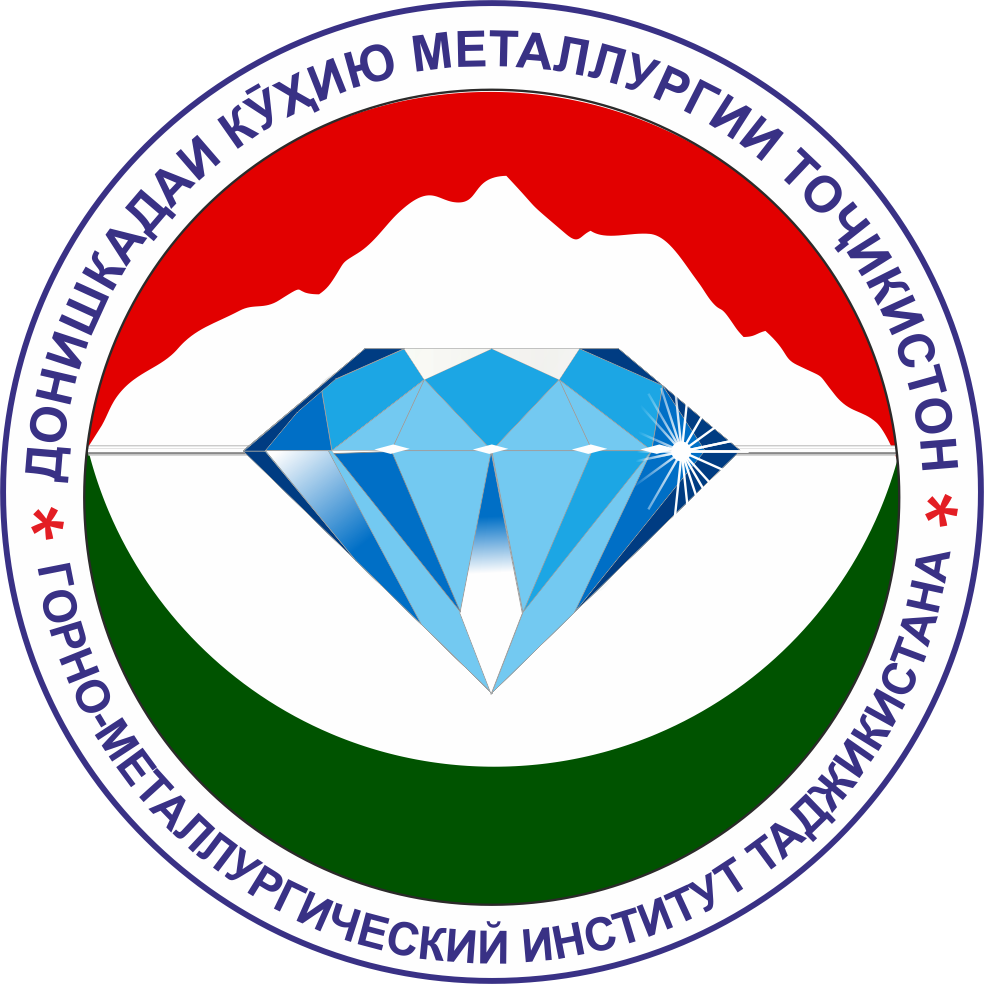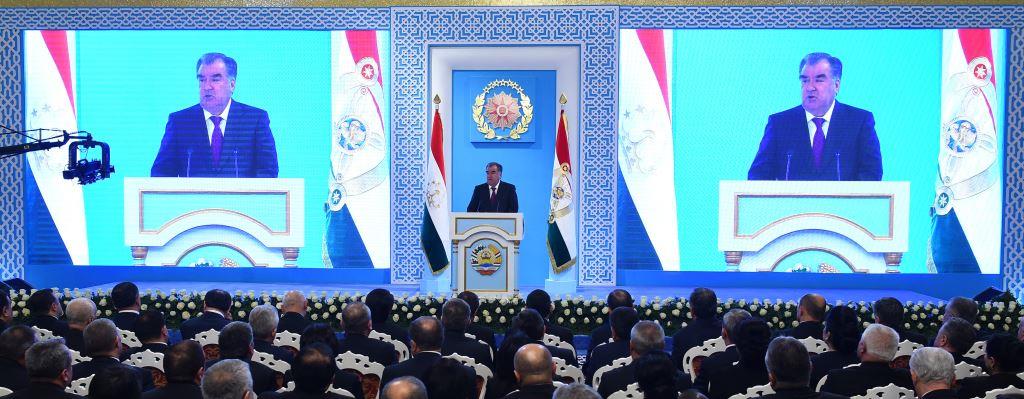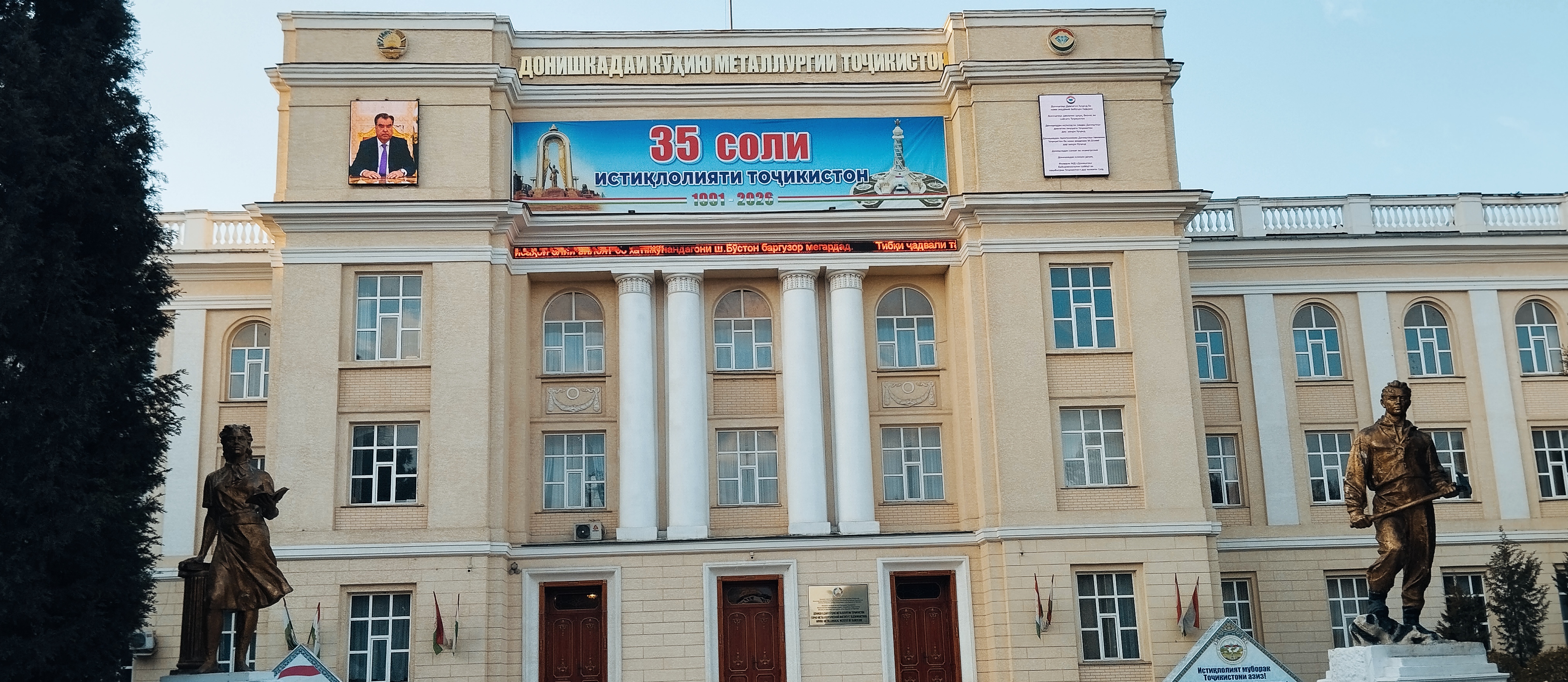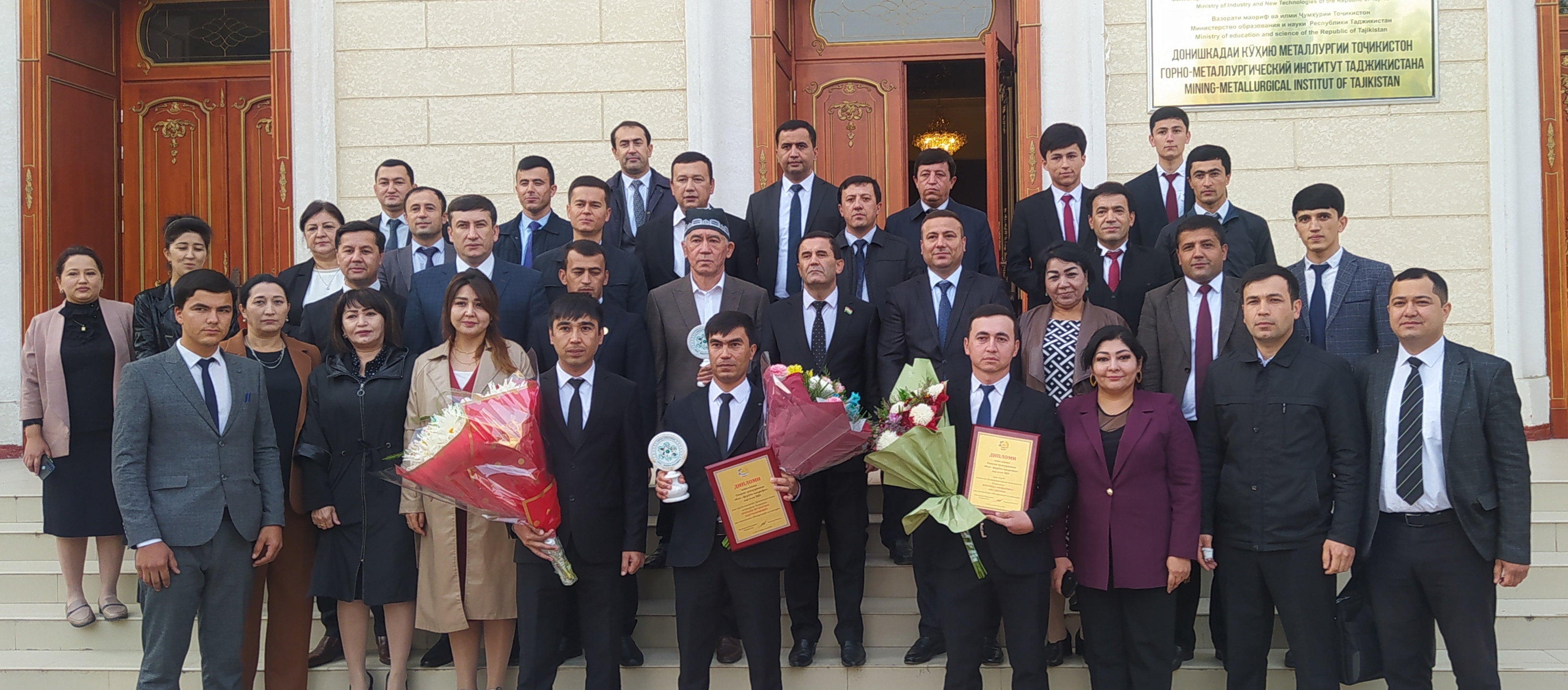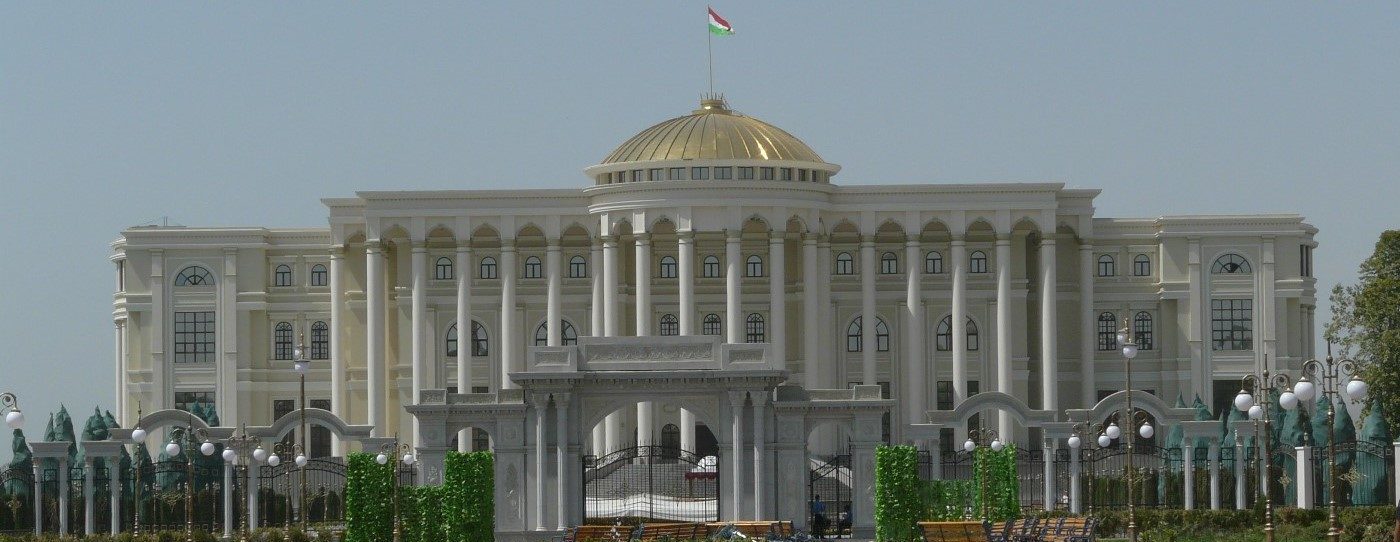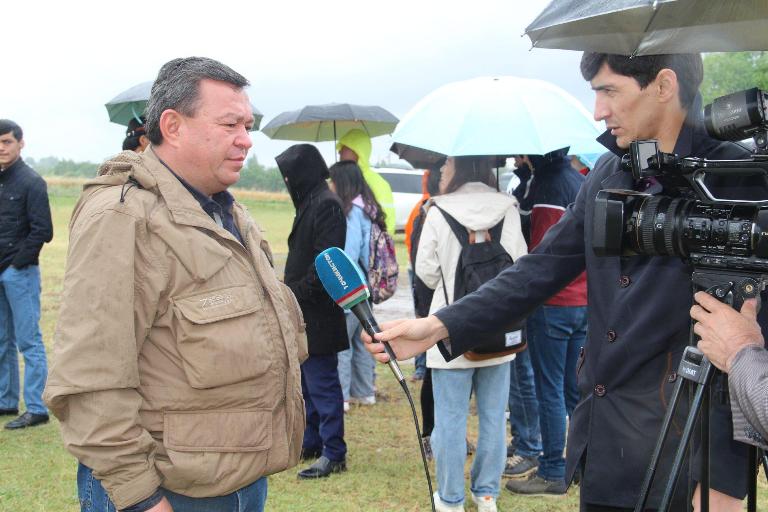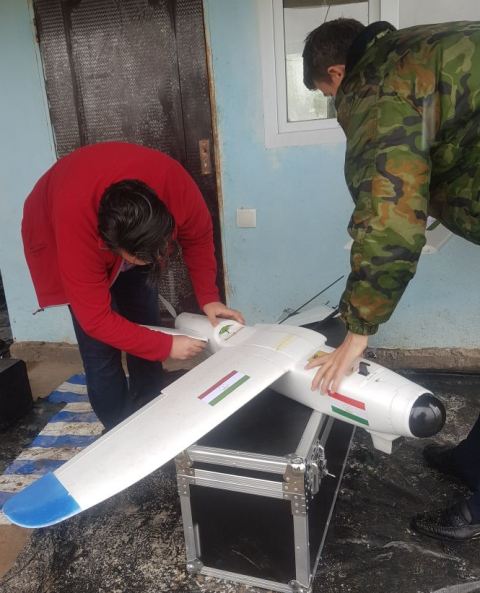
DUSHANBE, 27.05.2019. (NIAT Khovar) – The international scientific-practical conference Remote Observation and Technologies for Using Unmanned Aerial Vehicles was held at the Academy of Sciences of Tajikistan.
During the conference, unmanned aerial vehicles of the Joint Scientific Research Center of Tajikistan and China were tested, reported Khovar’s correspondent Mavjuda Anvari.
On May 24, the unmanned aerial vehicles were put into action at the aerodrome of the District Abdurahmoni Jomi.
The aerodrome took the necessary measures to organize and conduct the flight of these vehicles.
Officials of the Office of the Chairman of the District Abdurahmoni Jomi welcomed the participants of the conference, the leadership of the Academy of Sciences of Tajikistan, as well as representatives of relevant ministries and departments of the country.
Two types of unmanned aerial vehicles were shown to the audience, one of which is driven by electricity (battery), and the other with the help of fuel. Aerial vehicles of various sizes soared in the sky at an altitude of 600 meters.
“Unmanned aerial vehicles made for research purposes among the countries of Central Asia are used only in Tajikistan. It was also noted at the international conference that the experience of Tajik scientists can be used by other countries of Central Asia,” said the President of the Tajik Academy of Sciences Farhod Rahimi in an interview.
The aerial vehicles are independently controlled by domestic specialists who are educated in higher educational institutions in Russia and Tajikistan, and have completed training courses in China.
Their spare parts are manufactured and developed at the Institute of Physics of the Academy of Sciences.
“The cost of unmanned aerial vehicles that are currently available in the Technological Park of the Academy of Sciences is approximately $ 20,000-25,000,” reported Vice-President of the Academy of Sciences Abdusattor Saidov.
“Natural disasters often occur in Tajikistan. The use of unmanned aerial vehicles make it possible in a short time to determine the amount of economic damage and to identify the tragic consequences of earthquakes. Also, with their help, it is possible to monitor the natural ecosystem and the human impact on the ecosystem,” noted Saidov.
China has vast experience in the world in the use of methods and technology of using unmanned aerial vehicles for research purposes and it is advisable to use their rich experience for conducting scientific work.
The use of unmanned aerial vehicles for scientific and practical purposes in Tajikistan, on the one hand, helps to ensure food security, on the other hand, accelerates the process of the country’s transition from agrarian to agrarian-industrial.
